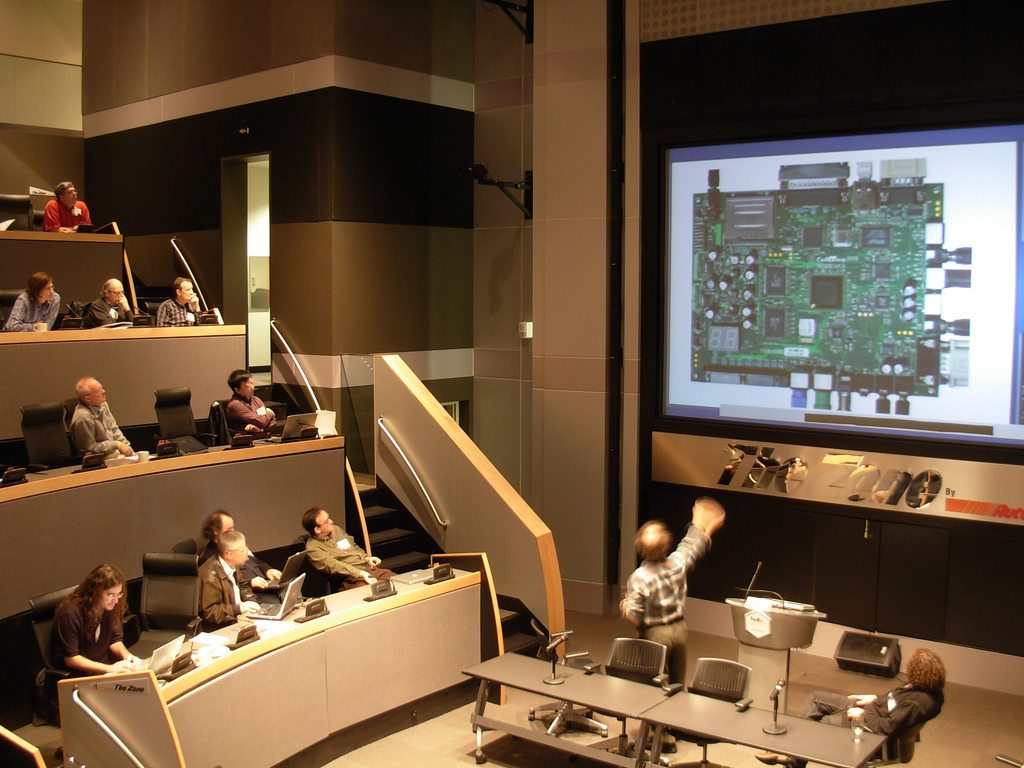China is, slowly but surely, winning the war of global leadership when it comes to artificial intelligence and machine learning development. While the U.S leads the park on AI research papers published, Beijing boasts of the most amount of value and market capitalization created.
Immediate data from PriceWaterhouseCoopers indicates that the global GDP will increase by 14% to $15.7 trillion, attributed to AI utilization. China could account for as much as $7 trillion with North America accounting for a partly $3.7 trillion.
So how do the two superpowers fair when it comes to AI development and innovations?
China AI development
China has embarked on a strategic artificial intelligence development plan. The plan involves keeping pace with AI technologies, achieving AI breakthroughs by 2025 and becoming a world leader by 2030. With the plan, China is the way to achieving its AI ambitions.

The size of China’s AI market was valued at about $3.5 billion in 2017. Spending on artificial intelligence systems in China clocked highs of $12 billion in 2017 and expected to reach record highs of $70 billion by 2020.
Investments into AI startups are also on the rise. Chinese startups are attracting huge investments as investors continue to take note of the underlying technology potential. In 2017, 19 investments accounted for $4.9 billion worth of AI investments in China, compared to $4.4 billion in the U.S, on 155 investments. China’s AI investment accounted for more than 60% of the world’s total between 2013 and 2018.
The central government is among the biggest investors in AI technologies in China. The government has kick-started plans to construct an AI industrial park, valued at about $2.1 billion in Beijing. The Education Ministry has also announced a five-year program designed to equip people with AI skills.
The number of AI journal articles from research institute is also on the rise the number of AI-related patents having surged by 200%.
China’s edge when it comes to AI development has to do with the ease of access, to troves of data. Unlike the U.S, China's economy has embraced high levels of digitization depicted by cashless systems. Also, China does not have restrictive privacy, making it easy for companies to collect sufficient data key to AI development.
"When you can get these giant data sets, and then apply artificial intelligence to them," he said. "You're going to see better and better and deeper insight patterns than anyone else, and I think it'll be a great advantage for China," said author and columnist Thomas Friedman.
However, the biggest threat to a flourishing AI sector in China is the lack of sufficient high-level AI talent. China only has about a fifth of the number of AI talent that the U.S has, something that leaves it at a disadvantage in the development of high-quality AI research.
U.S AI development
The U.S is home to most AI innovation, even though China accounts for more investments especially from the central government. The U.S edge on AI innovations stems from the fact that it pays homage to tech behemoths such as Google, Microsoft, and Apple spearheading the AI drive.

The AI market in North America in 2017 was valued at about $1.2 billion, nearly a third of China. A lack of sufficient funding primarily from the central government is one of the reasons why the U.S lags China when it comes to AI market value. Immediate reports indicate that the White House is planning to slash science and technology research funding by 15% something that would hurt innovations considerably.
The U.S boasts of an edge over China when it comes to the pool of talent with the necessary AI skills. While China accounts for about 8.9% of the pool, the U.S leads the park at about 14%. Immigration crackdown could come to haunt the U.S when it comes to attracting and retaining skilled AI tech experts.
"Sadly, when it comes to science and innovation, the U.S. is moving in reverse by cutting funding for research, denying climate change and cutting investments in education," said Vivek Wadhwa, a professor at Carnegie Mellon University's College of Engineering.
Conclusion
China is winning the battle of supremacy on AI development, and the central government has embarked on a plan to foster a $1 trillion AI industry by 2030. While the U.S makes boasts of a vast pool of AI talent, reduced investments, as well as immigration constraints, could leave it at a disadvantage as it continues to play catch up.

